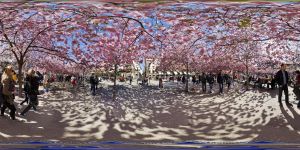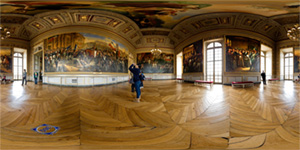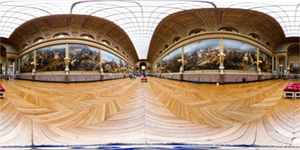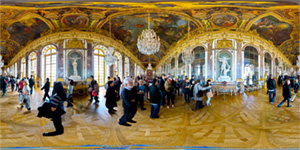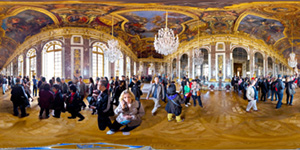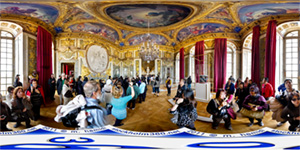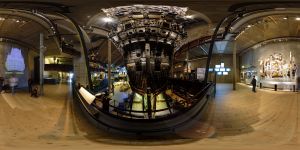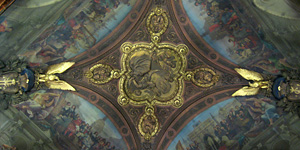
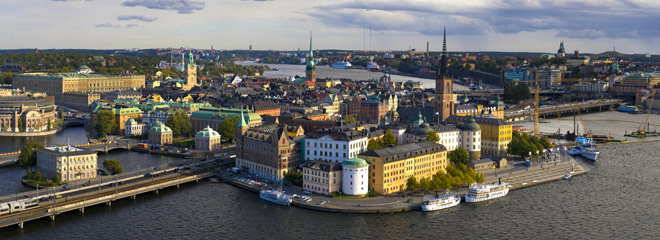
Most Favorite Panoramas
Kungsträdgården in blom at First of May, which is a public holiday in Sweden. Traditionally there have been big labour demonstration at this day but nowadays people mostly come out to the parks just to enjoy a day out under the sun, here at Kungsträdgården park in central Stockholm.
The 1830 Room was the finishing touch on Louis-Philippe's galleries at Versailles when it was inaugurated in June 1837.
The decor commemorates the accession to power of Louis-Philippe, Duc d'Orléans, following the July 1830 Revolution, the "Three Glorious Days": first as lieutenant-general of the kingdom and, a few days later, as king "elected" by the French under the name Louis-Philippe I.
The Duc d'Orléans Arriving at the Hôtel de Ville in Paris" and "The Reading of the Proclamation of Deputies and the Proclamation of the Lieutenant-General of the Kingdom", "Louis-Philippe Taking the Oath before the Chambers to Uphold the Charter of 1830" and "The Flags of the National Guard Being Given to Paris" hang beneath the ceiling depicting "Truth Accompanying Justice and Wisdom, Protecting France from Hypocrisy, Fanaticism and Discord".
The Galerie des Batailles (Gallery of Battles) is a 120 metre long and 13 metre wide gallery occupying the first floor of the aile du midi of the Palace of Versailles, joining onto the grand and petit 'appartements de la reine'. It is an epigone of the Grande galerie of the Louvre and was intended to glorify French military history from the Battle of Tolbiac (traditionally dated 495) to the Battle of Wagram (5–6 July 1809).
The Hall of Mirrors (French:Grande Galerie or Galerie des Glaces) is the central gallery of the Palace of Versailles and is renowned as being one of the most famous rooms in the world.
The principal feature of this famous hall is the seventeen mirror-clad arches that reflect the seventeen arcaded windows that overlook the gardens. Each arch contains twenty-one mirrors with a total complement of 357 used in the decoration of the galerie des glaces.
The Hall of Mirrors (French:Grande Galerie or Galerie des Glaces) is the central gallery of the Palace of Versailles and is renowned as being one of the most famous rooms in the world.
The principal feature of this famous hall is the seventeen mirror-clad arches that reflect the seventeen arcaded windows that overlook the gardens. Each arch contains twenty-one mirrors with a total complement of 357 used in the decoration of the galerie des glaces.
The decoration of the War Room (Salon de la Guerre) glorifies the military victories that led to the Peace of Nijmegen. The walls are covered with marble panels decorated with six trophies and gilded bronze carvings. The wall has an oval plasterwork bas-relief representing Louis XIV on horseback trampling over his enemies. It is surmounted by two gilded Renommées supported by two prisoners in chains. The ceiling represents France in the centre, armed and sitting on a cloud, surrounded by Victories. The ceiling panels portray the king’s three conquered enemies: Germany, kneeling, with an eagle; Spain, threatening, with a ro#229 lion and Holland, upside down on a lion. The fourth panel represents Bellone, Goddess of war, enraged between Rebellion and Discord.
The high stern allowed men with muskets to shoot down into the decks of a lower ship.
Vasa should be splendid, a hull built of more than a thousand oak trees with 64 cannon, masts over 50 meters high and hundreds of painted and gilded sculptures.
The vestibule of Room Denon, the Salon Denon (named after the first director of the Louvre Museum under Napoleon I), located at the other end of the room, whose extraordinary ceiling painted by Charles-Louis Müller glorifies state patronage in France. This vestibule associated the dual function of the Palais du Louvre, monarchic and artistic, for it also led to two galleries of paintings (now the Salle Daru and the Salle Mollien).
|
|
|
|
|
|
